The crypto wallet landscape in 2025 is split between hardware stalwarts like the Ledger Nano X and versatile software wallets such as Trust Wallet. With security threats evolving and user expectations rising, choosing between these two options is less about brand loyalty and more about aligning with your personal risk tolerance and day-to-day needs. Below, we break down the visual security features and user experience differences that matter most to real users.
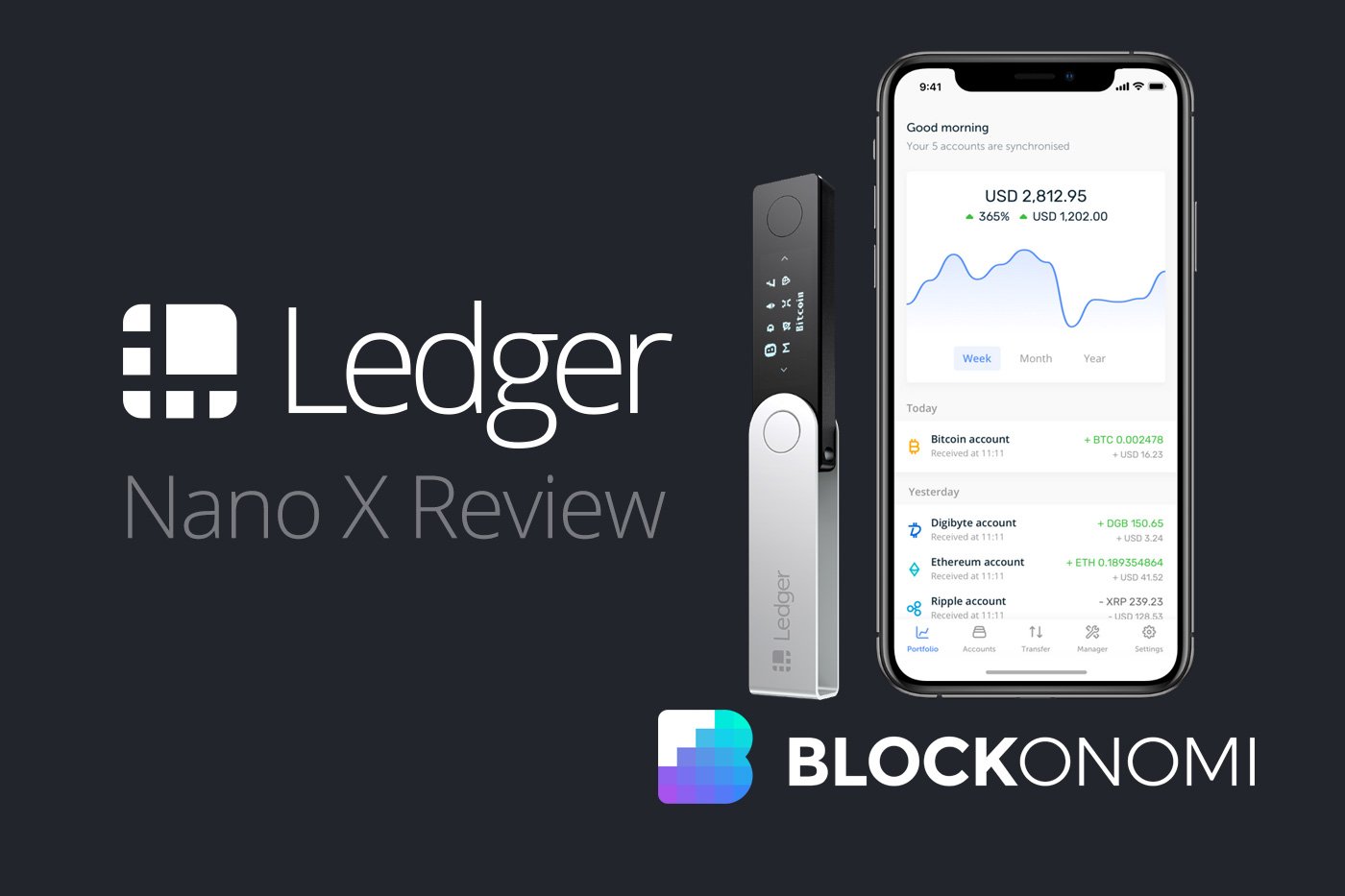
Visual Security: Hardware vs. Software Approaches
Security is the core battleground in the Ledger Nano X vs Trust Wallet debate. The Ledger Nano X operates as a hardware wallet, storing your private keys completely offline on a CC EAL5 and certified Secure Element chip. This design makes it nearly immune to remote hacking attempts or malware, since transactions require physical confirmation on the device itself. For anyone holding significant balances or long-term investments, this level of isolation is a major advantage (source).
Trust Wallet, on the other hand, is a software wallet that keeps your keys directly on your mobile device. While it offers PIN protection and biometric authentication for app access, it’s still exposed to risks like malware or phishing if your phone is compromised (source). The convenience comes at the cost of increased vulnerability.
A noteworthy study introduced the ‘EthClipper’ attack, which targets users’ tendency to visually verify only a few characters of an address during transactions, even on hardware wallets. This highlights that no matter how robust the underlying technology, user diligence in visually confirming full addresses remains critical (source).
User Experience Breakdown: Setup, Navigation and DApps
If you value simplicity and speed, Trust Wallet’s onboarding flow is hard to beat. It’s designed for immediate use, download the app, back up your recovery phrase, set up biometrics or a PIN if you wish, and you’re ready to transact or interact with DApps within minutes. The interface is intuitive for beginners but powerful enough for DeFi power users.
The Ledger Nano X setup process, by contrast, demands more patience. Initializing the device requires following step-by-step instructions on its small OLED screen using just two buttons, a process that can feel cramped when verifying addresses or navigating menus (source). However, once paired with the Ledger Live desktop/mobile app, asset management becomes much smoother.
Ledger Nano X vs. Trust Wallet: Pros & Cons for Crypto Holders
-
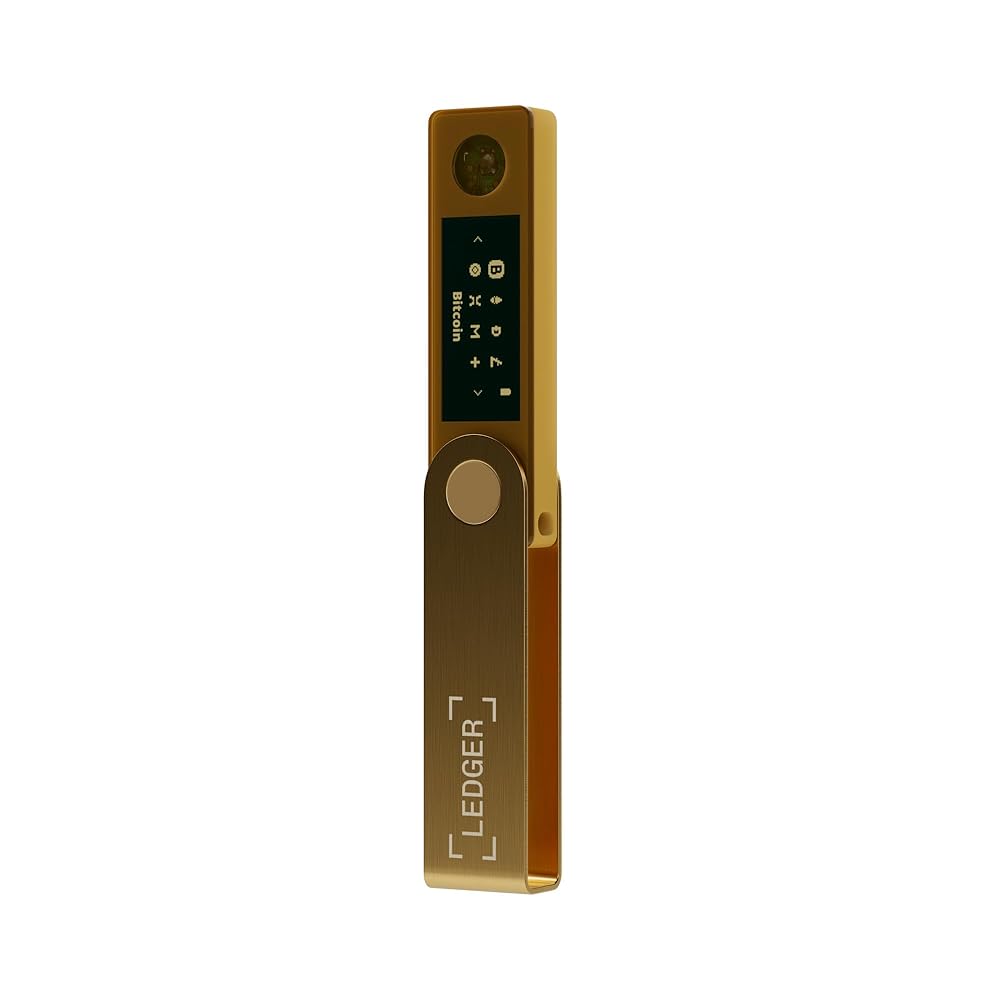
Ledger Nano X: Superior Security for Long-Term HoldersOffers robust offline storage with a Secure Element chip (CC EAL5+ certified), making it nearly immune to online threats. Ideal for users holding significant crypto assets who prioritize maximum security, but requires a physical device and has a learning curve for setup.
-
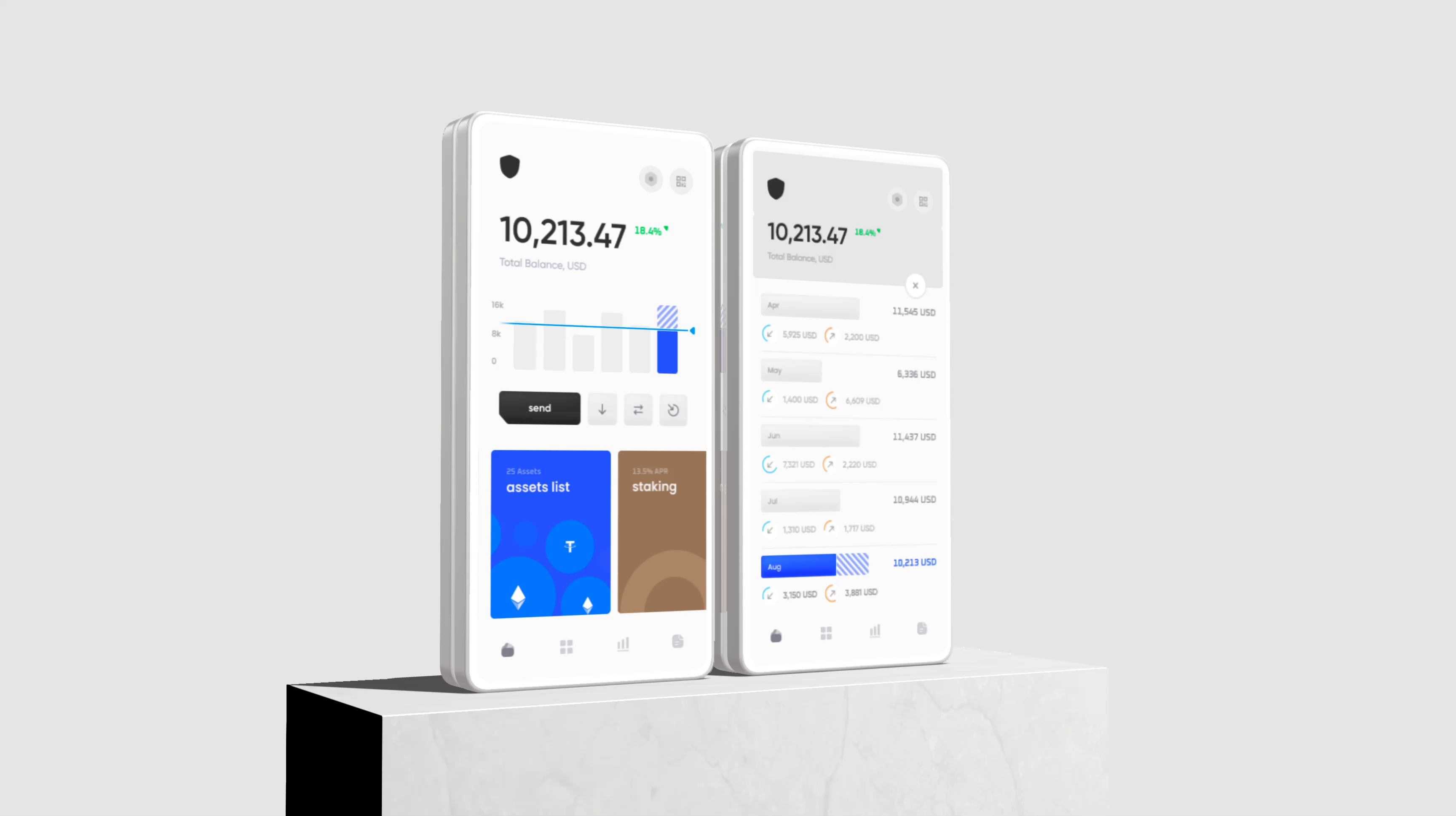
Trust Wallet: User-Friendly and Highly AccessibleFree mobile wallet with an intuitive interface, supporting a vast array of cryptocurrencies and seamless DApp integration. Perfect for beginners and active traders who need quick access, but private keys are stored on your device, increasing vulnerability to malware and phishing.
-
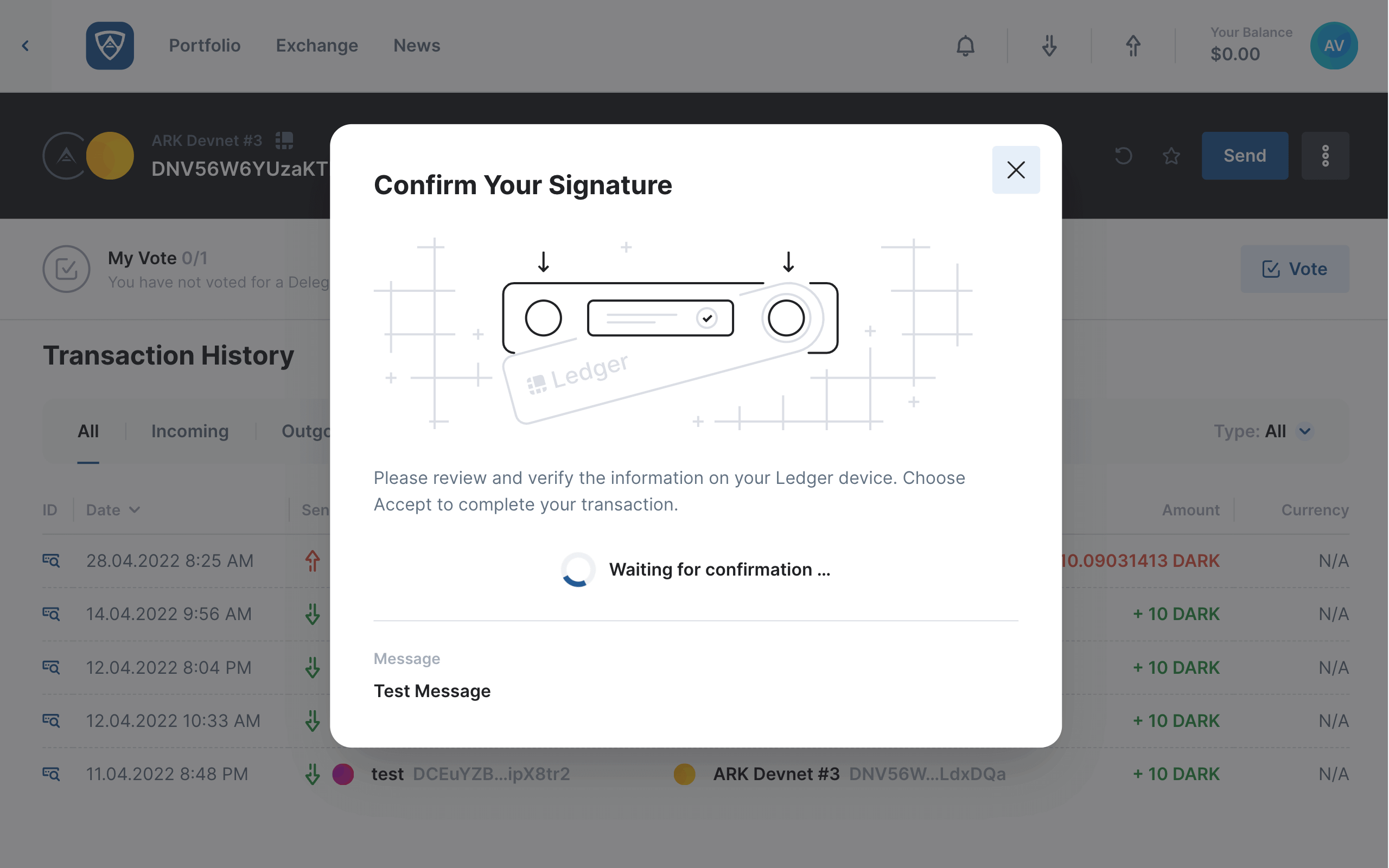
Ledger Nano X: Physical Transaction ConfirmationRequires users to physically confirm transactions on the device, reducing risk of remote hacks. However, the small OLED screen can make address verification tedious, especially for complex transactions.
-

Trust Wallet: Convenient On-the-Go TransactionsAllows instant transactions and DApp interactions directly from your smartphone. Convenience comes at the cost of higher exposure to online threats compared to hardware wallets.
-
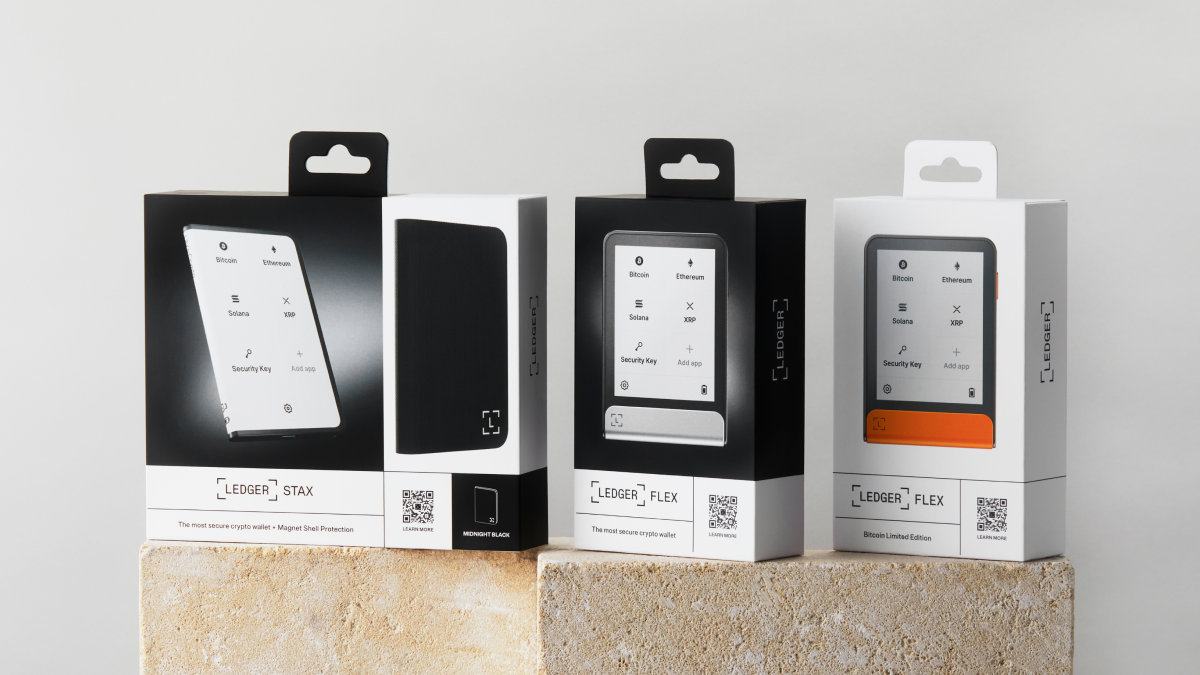
Ledger Nano X: Higher Upfront Cost, No Recurring FeesOne-time purchase cost (typically around $149), but no ongoing fees. This investment is justified for those seeking long-term, secure storage of valuable digital assets.
-

Trust Wallet: Free to Use, Lower Barrier to EntryNo purchase necessary—just download and start using. Suitable for users with smaller holdings or those experimenting with different coins and DApps, but less secure for large amounts.
DApp Integration and Asset Flexibility
DApp connectivity has become non-negotiable for many crypto users in 2025. Here’s where Trust Wallet shines, it offers seamless integration with hundreds of decentralized applications directly from its mobile interface. Swapping tokens across chains or minting NFTs can be done without leaving the app environment.
The Ledger Nano X supports DApp usage via integrations with third-party apps like MetaMask or through Ledger Live’s growing ecosystem support, but expect extra steps involving device confirmations every time you interact with smart contracts. This friction adds security but slows down rapid-fire DeFi activity.
For active traders and NFT enthusiasts, this difference is significant. Trust Wallet’s streamlined DApp browser and one-tap confirmations let you chase opportunities fast, but with the trade-off of higher exposure to phishing or malicious smart contracts. Ledger Nano X, meanwhile, forces a pause for every transaction, an intentional barrier that can save you from costly mistakes but may frustrate those who value speed above all.
Cost, Portability, and Long-Term Viability
Cost is another key differentiator. Trust Wallet is free to download and use, making it accessible for anyone starting out or managing smaller portfolios. Ledger Nano X comes at a premium, reflecting its hardware manufacturing costs and advanced security features. For users storing substantial sums or planning for long-term cold storage, this upfront investment is often justified by the peace of mind.
Portability also matters. Trust Wallet travels with your phone, ideal for those who need instant access on the move. The Ledger Nano X is compact but requires you to carry an extra device and cable (or Bluetooth connection) for transactions away from your main computer or phone.
Which Crypto Wallet Wins in 2025?
The Ledger Nano X vs Trust Wallet debate ultimately comes down to your priorities:
When to Choose Ledger Nano X vs. Trust Wallet
-

Long-term, high-value crypto storage: Ledger Nano X is ideal for securely storing significant amounts of cryptocurrency offline, thanks to its Secure Element chip and physical transaction confirmation.
-
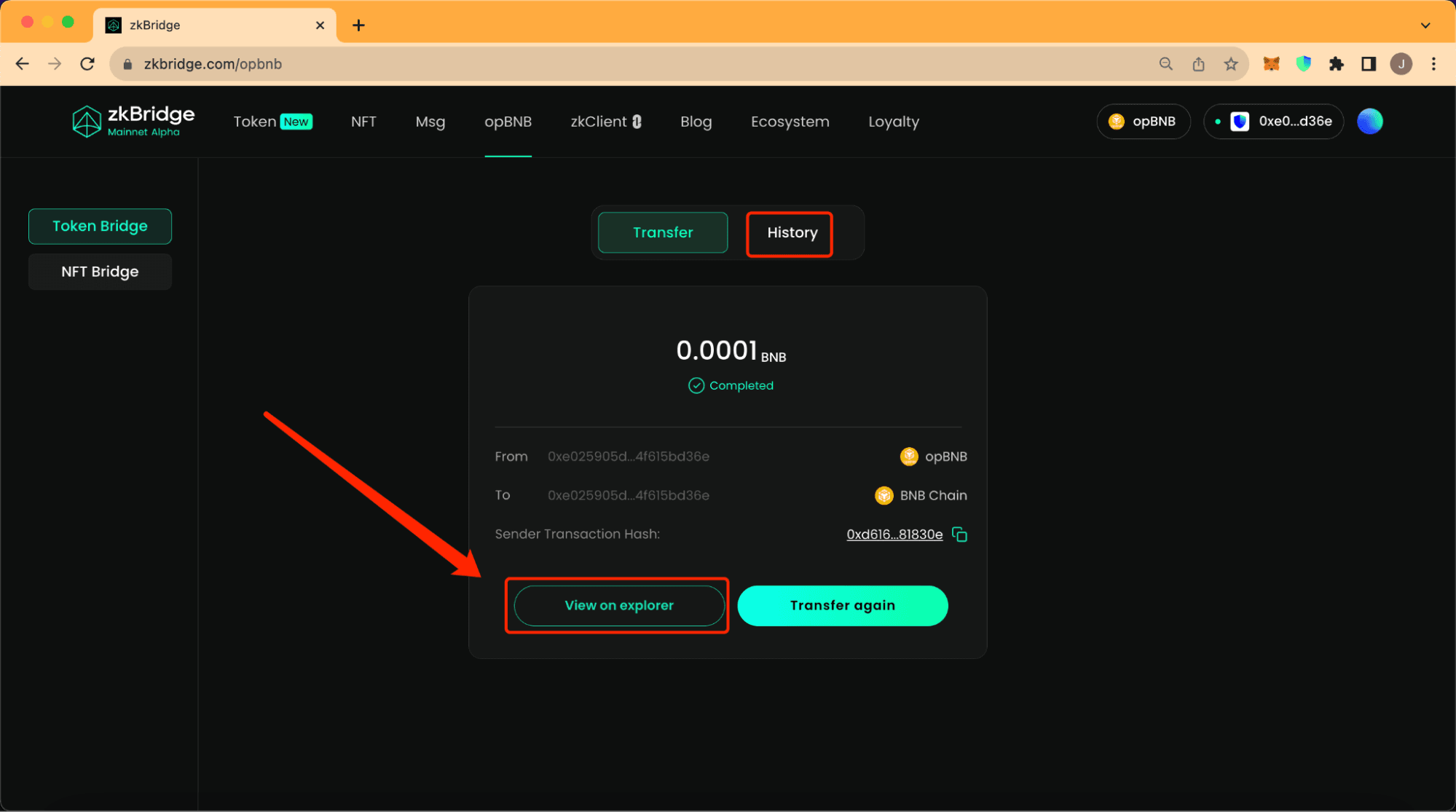
Frequent DApp interactions and DeFi use: Trust Wallet excels for users who regularly interact with decentralized apps and DeFi platforms, offering seamless mobile access and broad token support.
-

Beginner-friendly setup and daily transactions: Trust Wallet provides a simple, intuitive interface for newcomers and those making frequent, smaller transactions on the go.
-

Maximum protection against online threats: Ledger Nano X minimizes exposure to malware and phishing by keeping private keys offline, making it a top choice for those prioritizing security.
-

Cost-conscious users or those testing crypto: Trust Wallet is free to use and doesn’t require purchasing hardware, making it suitable for users with limited budgets or those new to crypto.
-
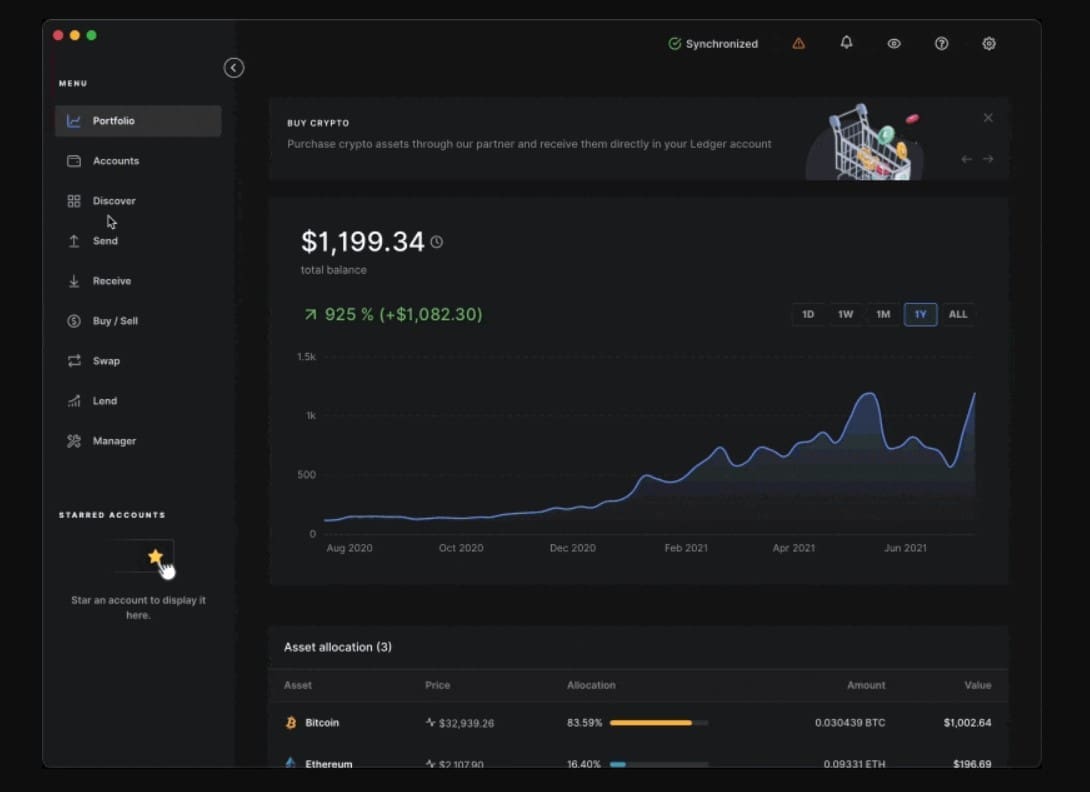
Managing diverse portfolios with advanced features: Ledger Nano X, paired with the Ledger Live app, supports a wide range of assets and advanced management features for experienced users.
If your primary concern is maximum security, especially for holding large balances or minimizing online risk, hardware wallets like the Ledger Nano X remain unmatched (source). If you’re more interested in DApp access, flexibility, and ease of use, and are comfortable managing software wallet risks, Trust Wallet offers a compelling package (source).
No matter which wallet you choose, always practice strong operational security: verify entire addresses visually before confirming transactions, keep your recovery phrases offline and private, and stay vigilant against phishing attempts. Even the most secure wallet can’t protect against human error.




